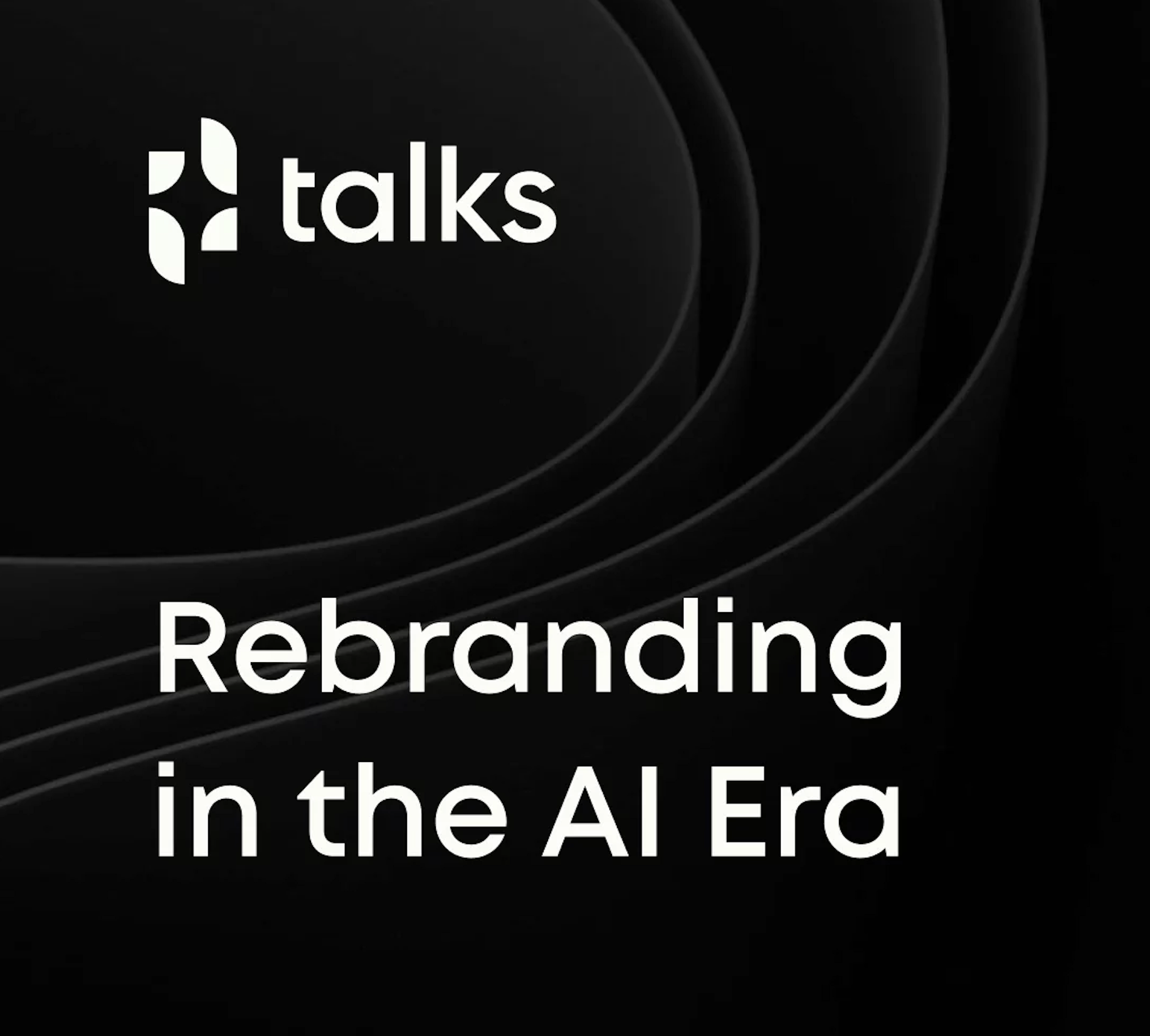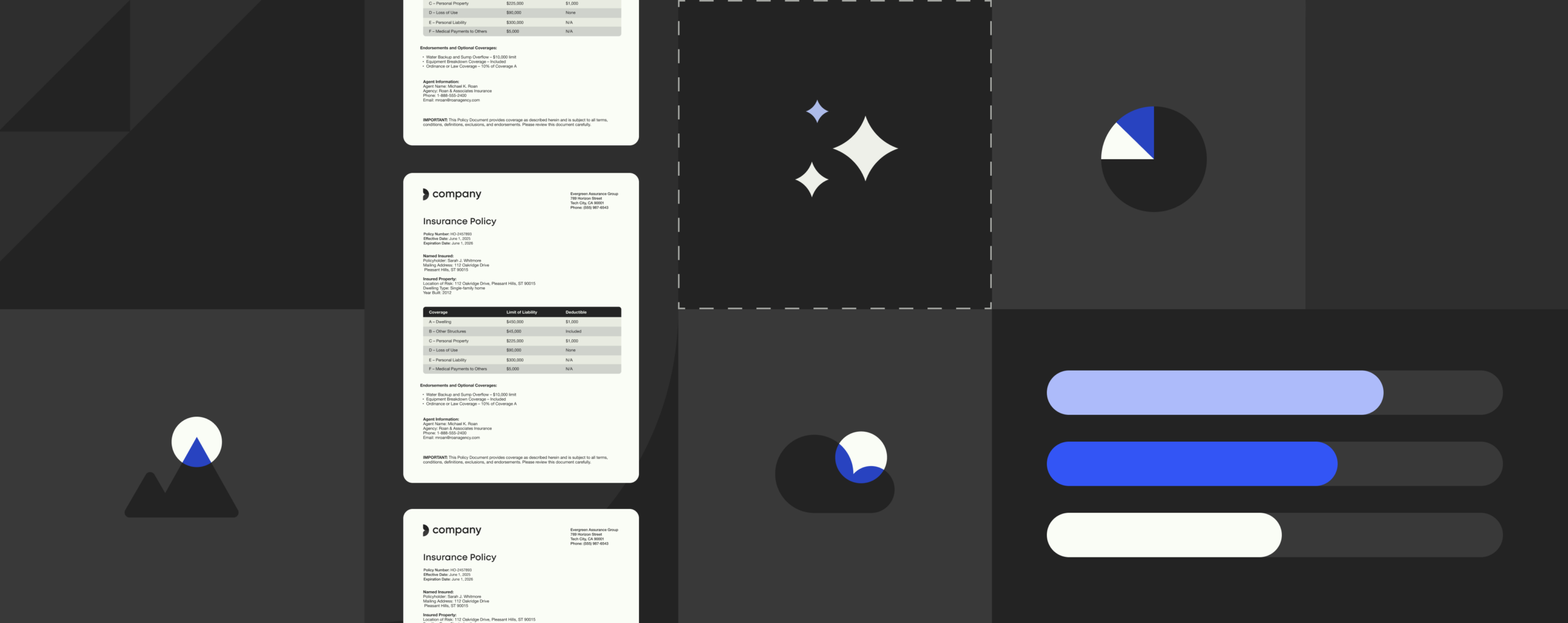How to build a trusted financial services brand: Tips, tools, and real examples

Why consistent branding is the foundation of trust in financial services
In financial services, reputation is everything.
You might recognize Monzo’s bold coral card or JPMorgan Chase’s timeless serif font. But what truly sets a brand apart in finance is trust. The real question is: does this firm consistently deliver on its promises of stability, compliance, and expertise?
At Templafy, we work with leading enterprise firms in financial services. We know firsthand how top brands scale governance, reduce risk, and accelerate growth—all without sacrificing control.
Here’s what makes a strong financial services brand, and how the right systems make it scalable.
What branding really means in financial services
Financial services branding has two essential layers.
The first layer involves building a brand that resonates with clients and stakeholders. This means defining a clear identity that includes your purpose, positioning, tone of voice, visuals, and values. In an industry where trust and accountability are paramount, your brand must signal competence and credibility.
But identity is only half the equation. Trust is earned through consistency. In fact, companies that maintain consistent branding across all touchpoints report a 10 to 20% increase in revenue (Marq).
That’s where the second layer comes in: brand governance. True consistency means every message, document, and presentation is accurate, aligned, and on-brand by default. Achieving this requires the right systems: templates, workflows, and tools that make brand compliance automatic.
Why branding matters in financial services:
- Builds trust with clients, regulators, and partners
- Reduces risk from off-brand or non-compliant content
- Helps teams move faster without losing control
- Creates a reliable experience across all touchpoints
- Delivers measurable ROI through brand-led operations
When co-branding strategies come into play
Alignment is even more crucial when two brands join forces, such as in financial partnerships or fintech collaborations.
A co-branding strategy for financial services must ensure both identities are represented consistently and compliantly across all materials.
Without shared systems for branding and content governance, mismatched visuals or outdated disclosures can damage trust. That’s why clear templates, version control, and shared asset libraries are essential in any co-branded initiative.
3 emerging trends shaping branding in financial services
Financial services firms are under pressure to move faster, act smarter, and stay compliant—all at once. These pressures are changing the way firms think about branding, particularly when it comes to scalability and digital execution.
Here are three branding trends that are reshaping the way financial services teams work:
1. AI-powered content creation with embedded governance
As GenAI becomes a standard part of content creation, firms are looking for ways to guide its output. Branding financial services content now requires systems that embed legal, design, and messaging rules into the tools employees already use. This way, AI-generated content is accurate and on-brand by default.
2. Modular branding systems
More firms are moving toward modular branding: systems that allow templates and brand assets to be adjusted dynamically based on factors like geography, client segment, or service line. This gives global firms the flexibility to localize content without losing brand consistency.
3. Measurable brand adoption
Brand leaders increasingly need to demonstrate the ROI of their efforts. Platforms that track how templates and assets are used, and where inconsistencies appear, are becoming essential for proving the value of branding in financial services.
The role of brand in digital trust
Whether your client is opening a client portal, downloading a report, or reviewing a pitch deck, every click reflects your brand’s professionalism and reliability.
Digital-first branding for financial services means putting systems in place that extend governance across all formats: web, email, documents, and presentations. That’s how trust scales across channels.
This is especially critical in high-value, high-stakes interactions, like onboarding, investment communications, or regulatory disclosures—where a single inconsistency can impact your reputation.
By prioritizing consistent, secure, and brand-aligned digital touchpoints, firms can deliver a seamless experience that reinforces credibility and drives client loyalty.
financial branding
5 ways financial services brands stay consistent and compliant
- Compliance comes first
- Brand values show up in every document
- Design systems ensure visual consistency
- Messaging is accurate, clear, and aligned
- Governance makes it scalable
Can’t-miss branding tips
Learn how to keep your brand consistent. Get ideas and examples to help your team create on-brand work with less effort.
1. Compliance comes first
Every pitch deck, proposal, and document needs to meet specific legal standards. A missing disclaimer, misworded disclosure, or outdated policy reference can introduce regulatory and reputational risk.
Manual review processes are simply inefficient. To stay compliant at scale, compliance must be built into document creation tools and workflows. This could look like templates that automatically apply legal text, tools that adjust disclosures based on geography or audience, and workflows that remove the need for last-minute legal checks.
That way, teams can create content quickly, without compromising accuracy.
2. Brand values show up in every document
Your purpose and values shouldn’t only live on your website. They should appear in the content your teams send out every day.
From ESG commitments to responsible investing statements, clients expect to see what your firm stands for, clearly and consistently. But if that messaging isn’t easy to find, it won’t get used.
The easiest way to make values visible is to centralize them. Approved copy, brand language, and policy statements can be built into your templates, so teams aren’t reinventing the wheel or guessing what to say.
3. Design systems ensure visual consistency
Design plays a central role in how clients perceive a financial brand. It’s not about being bold or flashy; it’s about communicating professionalism, structure, and control at every touchpoint.
A strong design system brings clarity and order to branded content. It defines how your brand looks in action and ensures that every document feels intentional and trustworthy, no matter who created it.
Good design systems are:
- Consistent: Every asset reflects the same visual identity, from pitch decks to client reports
- Flexible: They support a wide range of teams, formats, and regions without compromising brand integrity
- Accessible: Logos, fonts, layouts, and visuals are embedded directly in the tools teams already use
- Controlled: Permissions and version control reduce the risk of outdated or off-brand materials being sent externally
Real-world example: How document automation saved BDO Canada $1.65 million in one year
With more than 80 offices and 470 partners, BDO Canada was managing a fragmented set of templates and content systems. Teams were wasting time reformatting documents and searching for the right files.
With Templafy, they built a centralized design system with 600+ templates, reducing 24 engagement-letter templates to just four. That change enabled the creation of over 120,000 documents in a single year,: saving $1.65 million in manual work.
4. Messaging is accurate, clear, and aligned
Clear language builds trust. But in financial services, where complexity is common, clarity doesn’t always come easily.
That’s why messaging needs structure. Tone of voice, legal phrasing, and positioning statements should be well-defined, and available to everyone creating content.
Rather than asking teams to memorize style guides, you need to make the right messaging available at the moment of creation. Use dynamic templates, shared content blocks, and language libraries to keep content aligned, no matter the author or format.
This becomes especially important as AI tools enter the workflow. Without clear guidelines, tone and accuracy can quickly fall out of sync.
5. Governance makes it scalable
Design, messaging, and compliance guidelines are only effective if they’re followed. In today’s landscape, where content is created across regions, teams, and AI tools, manual review processes fall short.
That’s where brand governance comes in. It turns rules into systems that make brand and legal standards automatic.
With the right infrastructure in place, you can:
- Enforce brand and compliance rules in every document and template
- Adapt content based on geography, product, or audience
- Apply brand updates instantly across teams and markets
- Control how AI tools generate content to align with standards
- Empower teams to create without needing constant oversight
Additional content
Considering a rebrand for your organization?
Are you prepared to elevate your brand to new heights? Don’t miss a step in your new brand launch.


Why managing a brand manually no longer works
For CMOs and brand leaders in financial services, expectations are growing. Manual processes simply can’t keep up—they’re inefficient, time-consuming and prone to human error and inaccuracy.
The problem with manual processes:
- Designers are stretched thin fielding repetitive requests
- Marketers are spending hours fixing formatting instead of driving strategy
- Sales teams struggle to find the right content
- Legal teams are pulled in for basic reviews
And with AI scaling content faster than ever, the risks are growing, too:
- Inconsistent storytelling in client materials
- Delays in rebrand or M&A rollouts
- Difficulty proving ROI on marketing investments
- Non-compliant output from unmanaged AI use
How Templafy helps financial services brands stay compliant, consistent, and efficient
Templafy is an AI-powered content enablement and document automation platform that helps marketing and legal teams stay in control, while empowering business users to work faster with less risk.
It works directly inside Microsoft 365 and connects with the systems your teams already use, like SharePoint, Salesforce, and DAM platforms. That means teams can create fully compliant, on-brand documents in minutes, directly from Word, PowerPoint, or Outlook.
What marketing leaders gain with Templafy
1. Drive revenue growth
Accelerate go-to-market impact by equipping sales and client teams with brand-compliant content automatically, from inside their daily tools.
2. Boost operational efficiency
Reclaim thousands of hours by eliminating low-value content requests. Templafy gives teams governed, self-service access to up-to-date templates, assets, and messaging.
3. Safeguard brand risk and reputation
Protect your brand from GenAI chaos. Templafy embeds brand and legal governance into content generation: so every output meets compliance standards before it reaches the market.
Here’s how it works:
| With Templafy | How it helps |
|---|---|
| Faster content creation | Build client-ready documents in minutes using dynamic templates, auto-filled with pre-approved content |
| Embedded brand and compliance logic | Legal language, disclaimers, and formatting rules are automatically applied based on document type, geography, or client segment |
| Full control over updates | Roll out changes instantly: whether it’s a new logo, regulatory phrase, or formatting standard |
| Built-in AI governance | Templafy’s smart templates act as guardrails for AI tools like Copilot, so every document is automatically created on-brand, compliant, and consistent—without extra manual checks |
| Measurable brand adoption | Track how templates are used and where content is shared so you can improve performance over time |
How financial services brands use Templafy
How Live Oak Bank brought brand control to every document
Before using Templafy, Live Oak Bank’s teams were creating client-facing documents using inconsistent templates stored in local folders. That made it hard to stay on-brand: and even harder to keep up with compliance changes.
With Templafy, they rolled out a centralized library of over 200 branded assets directly inside Microsoft Word and PowerPoint. Now, teams can create polished, compliant content fast, without relying on manual checks or marketing intervention.
The impact:
- Brand consistency across every document
- Faster updates to legal language and formatting
- Stronger data protection and compliance
How Cofidis Retail aligned global teams around one brand
Before Templafy, Cofidis Retail was managing brand assets and templates across multiple regions with no centralized system. That led to outdated content, inconsistent visuals, and wasted time for marketing and design teams.
With Templafy, they embedded up-to-date brand assets, templates, and content blocks directly into PowerPoint. Every team, in every market, works from the same source of truth.
Now, whether it’s a loan offer, brochure, or internal deck, everything reflects one cohesive brand identity.
The impact:
- Instant access to the latest brand content
- Consistency across all markets and formats
- Less rework, fewer bottlenecks, and better brand quality
Meet Templafy’s document agents: Generate fully branded documents from inside Microsoft 365
Templafy has been generating documents from inside Microsoft 365 for a long time. But it’s about to get even easier, faster, and smarter.
We’re launching document agents: conversational AI assistants that will work directly inside PowerPoint and Word. Simply type what you need and they’ll generate fully branded, accurate, and compliant documents in minutes, pulling approved content and data from your internal systems.
Ready to protect your brand at scale and move faster?
There’s a reason that 800 enterprises and 4 million users worldwide are automating their documents with Templafy.
We help enterprise marketing and compliance teams govern their entire document workflow. Every touchpoint is accurate, compliant, and on-brand, automatically.
Ready to see it in action?



